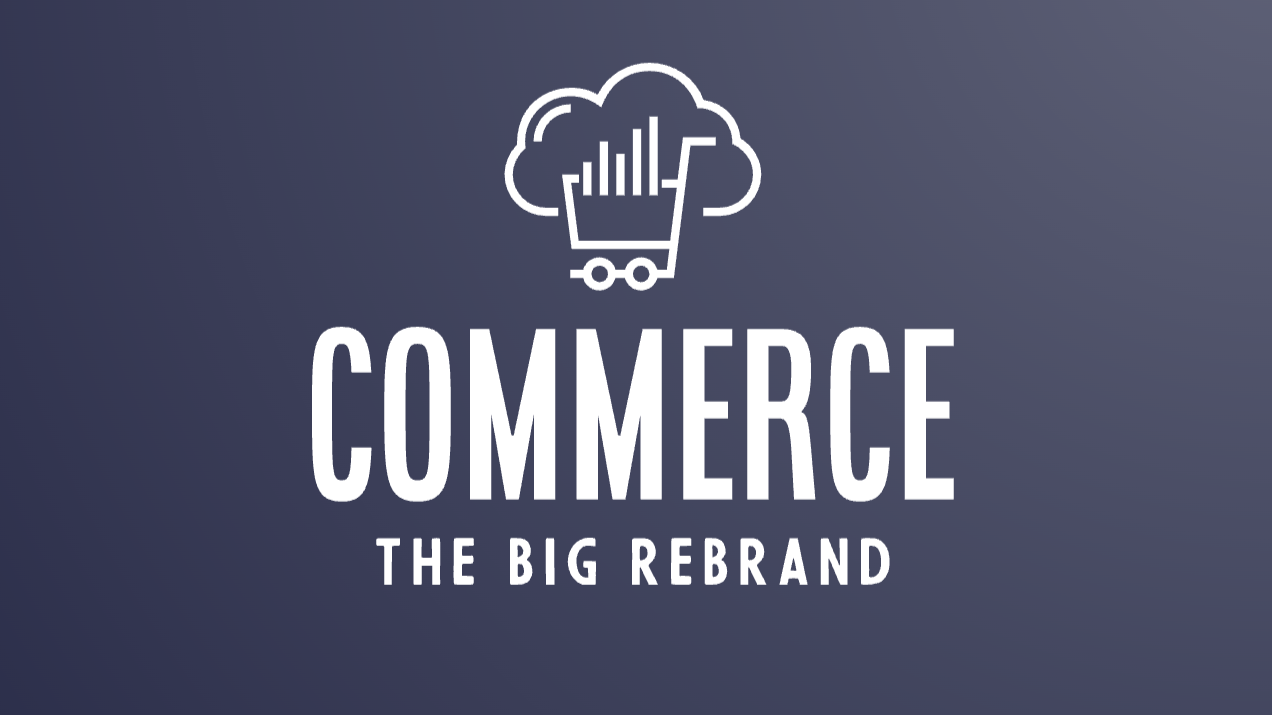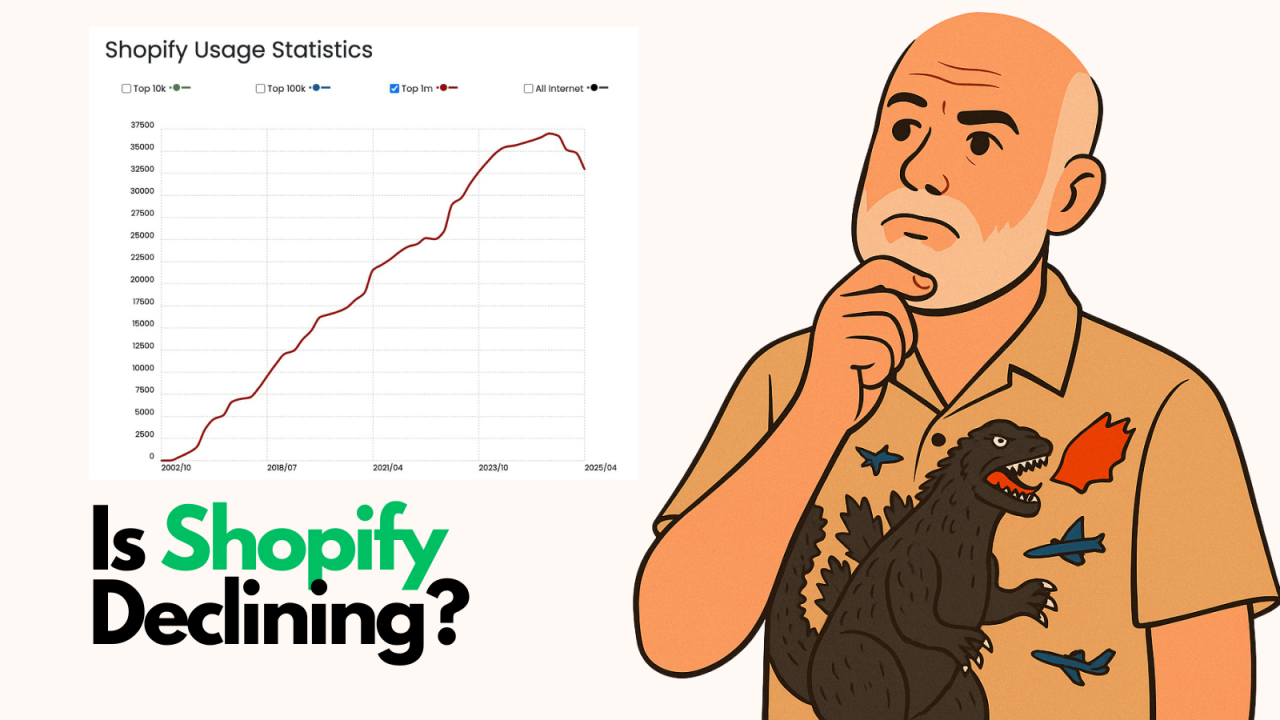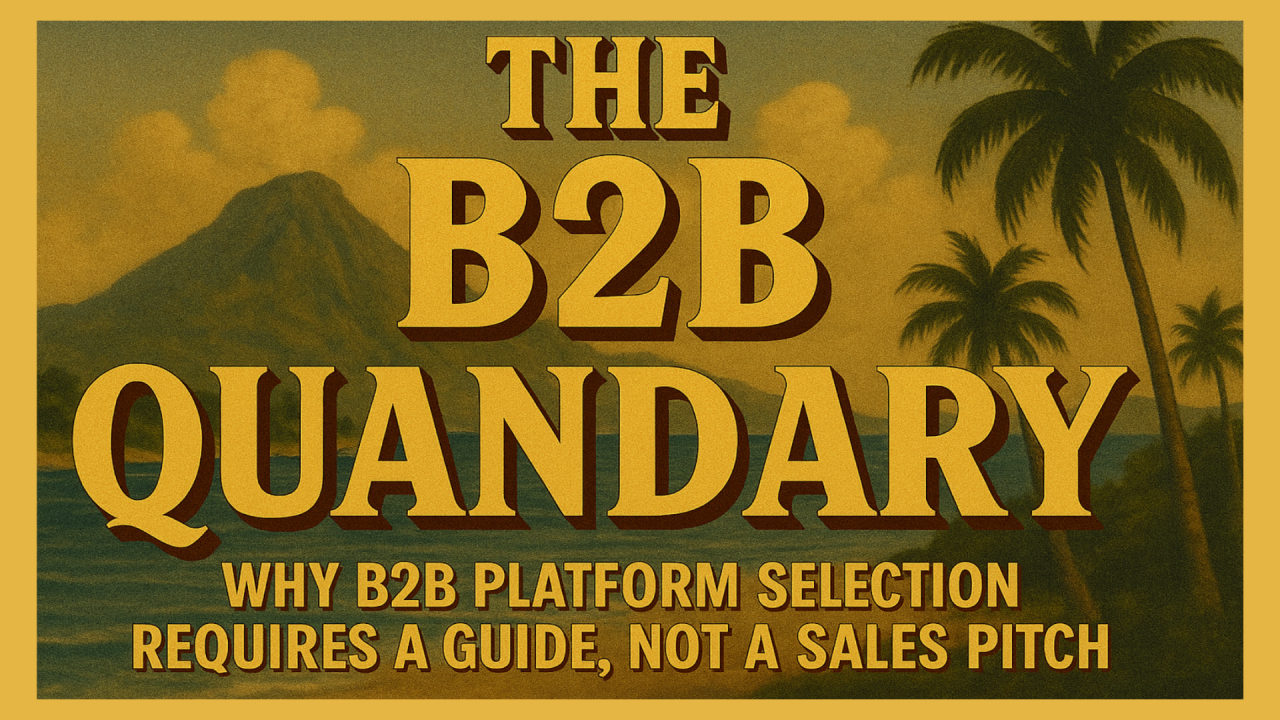

Image Source: FreeImages
In today’s digital landscape, data-driven content is playing an increasingly important role in the success of businesses. Companies are beginning to understand that their content should not be created blindly, but rather tailored to the needs of their target audience. Data-driven content can help brands make more informed decisions, better understand their customers, and ultimately help them grow. By leveraging data, brands can optimize their content for maximum reach, engagement, and conversions. By understanding the impact of this on their brand, companies can stay ahead of the competition and make sure their content is always on point.
Data-driven content is content that is created based on data, rather than intuition. It’s important to note that data-driven content does not mean writing articles about data. It simply involves taking already available data and using it to enhance your content strategy. This can help you create content that is more relevant to your customers and ultimately drives more engagement. It can also help you understand your customers better and make more informed decisions about your content marketing strategy as a whole.
The benefits of data-driven content are far-reaching and can transform the way brands engage with their audiences and drive meaningful results. Here are some of the benefits that data-driven content offers:
Better Marketing Strategy
Companies can use data-driven content to develop more efficient marketing strategies that better target their audience and create more relevant and personalized content. Personalized content enhances user satisfaction, increases brand loyalty, and improves the overall customer experience. This translates into increased engagement, shares, and time on a brand's webpage.
Increased leads and sales
Data-driven content can significantly impact sales and leads by leveraging insights and optimizing marketing strategies. By analyzing data, you can gain valuable insights into your target audience's preferences, behaviors, and interests. This information helps you create content that resonates with your audience, leading to higher engagement and conversion rates.
More informed decisions leads to cost efficiency
Data-driven content enables data-backed decision-making. You can use data to identify trends, understand market dynamics, and uncover opportunities. With accurate data, you can make informed decisions about content creation, distribution channels, and especially resource allocation. By understanding which types of content and channels yield the best results, you can focus your efforts and investments on the most effective strategies. This approach helps maximize your return on investment (ROI) and minimize wasted resources.
Competitive advantage over brands without data-driven content
In today's digital landscape, data-driven content is becoming the norm. By harnessing the power of data, you can stay ahead of the competition and differentiate yourself from other brands. Data-driven insights provide a deeper understanding of your target market, enabling you to deliver more relevant and compelling content that stands out from the crowd, giving you a competitive advantage over brands without data-driven content.
Before creating any content, start by clearly defining who your target audience is. By collecting insights on your target audience, you can focus your research efforts and tailor your content accordingly. Consider demographics (age, gender, location), psychographics (interests, values, lifestyle), and any other relevant characteristics. Use all information gathered to develop detailed buyer personas that represent different segments of your target audience. These personas are fictional, yet research-based representations of your ideal customers. They serve as reference points when creating content and crafting targeted messaging.
Use market research techniques to gather data and insights about your target audience. Some popular forms of research are surveys and polls. Surveys can help you understand your audience’s pain points and what they are struggling with. Polls can help you understand your customers’ likes, dislikes, and preferences. Other formats such as interviews, focus groups and analyzing existing market reports also aim to understand your customer's needs, preferences, and behavior patterns which make them extremely resourceful tools.
Web analytic tools such as Google Analytics are highly useful for collecting and analyzing data such as user behavior on your website or digital platforms. This collected data can reveal important information about how your target audience interacts with your content, which pages they visit, and what actions they take which will help you optimize your content and user experience.
Companies should also monitor social media platforms, forums, and online communities to gather insights on conversations and trends related to your industry or niche. This process, known as social listening, helps understand the topics, concerns, and discussions that are relevant to your target audience.
After you collect data, you can group it and analyze it to determine what types of content are resonating with your audience and better inform your content strategy.
By now, you understand the importance of data and how it can help you create content that is more relevant to your audience. Here are just a few suggestions on content ideas you might want to utilize to optimize your marketing strategy:
Blog Posts: Incorporate data and research findings into your blog posts to back up your claims and provide valuable insights. Use data to support your arguments, present industry benchmarks, or highlight key trends. Data-backed blog posts are more credible, shareable, and can generate higher engagement.
Interactive Data Visualizations: Create interactive data visualizations or dashboards that allow your audience to explore and interact with the data themselves. This hands-on experience enhances user engagement and provides a deeper understanding of the information you're presenting.
Trend Analysis and Insights: Analyze industry trends and market data to provide valuable insights to your audience. Identify emerging trends, share predictions, and offer actionable advice based on the data you've gathered. This type of content positions you as an authority and helps build trust with your audience.and how your audience can prepare or capitalize on those insights.
Case Studies and Success Stories: Collect and analyze data from successful customer case studies. Present the challenges, strategies, and measurable results of real-world scenarios. This type of content demonstrates your expertise, showcases the value of your products or services, and provides social proof to potential customers.
Successful data-driven content is not just about the data itself, but how you effectively communicate it to your audience. Focus on presenting the data in a compelling and accessible manner, ensuring that it aligns with your audience's interests and addresses their needs.
While data-driven content is incredibly helpful and useful, it does come with a few challenges. One of the biggest challenges is ensuring your content is accurate. The quality and accuracy of data can vary, posing a challenge when using it to drive content decisions. Inaccurate or incomplete data can lead to flawed insights and misguided content strategies. Ensuring data integrity and implementing proper data governance measures is crucial to mitigate this challenge.
Another challenge is the interpretation of data and actionability. Data alone does not automatically translate into actionable insights. It requires effective interpretation and contextual understanding to derive meaningful conclusions. Data scientists, analysts, and experts in data visualization are needed to extract valuable insights from the data. But for companies that can not employ these professionals, ensuring that data insights are clearly understood by content creators and decision-makers is vital for driving effective content strategies and execution.
Depending on what data you’re using, you need to make sure it’s accurate and interpreted properly. If not, your content won’t be helpful to your audience and could do more harm than good to your brand.
By harnessing the power of data businesses can better understand their customers and create more relevant and personalized content, optimize the customer journey, and make data-backed decisions to drive sales and generate valuable leads. Data-driven content provides the insights necessary to deliver the right content to the right people at the right time, maximizing conversion rates and ultimately boosting business growth. With the right tools and strategy, data-driven content can be an incredibly powerful tool for businesses.

Following up on my earlier post about BigCommerce's rebrand announcement, I got my hands on theCleveland...

By Brent W Peterson AI vs Shopify: Is Platform Dominance Ending in 2025?

The B2B OG Reality Check In 1995, I built my first B2B website for my then computer assembly company. It...